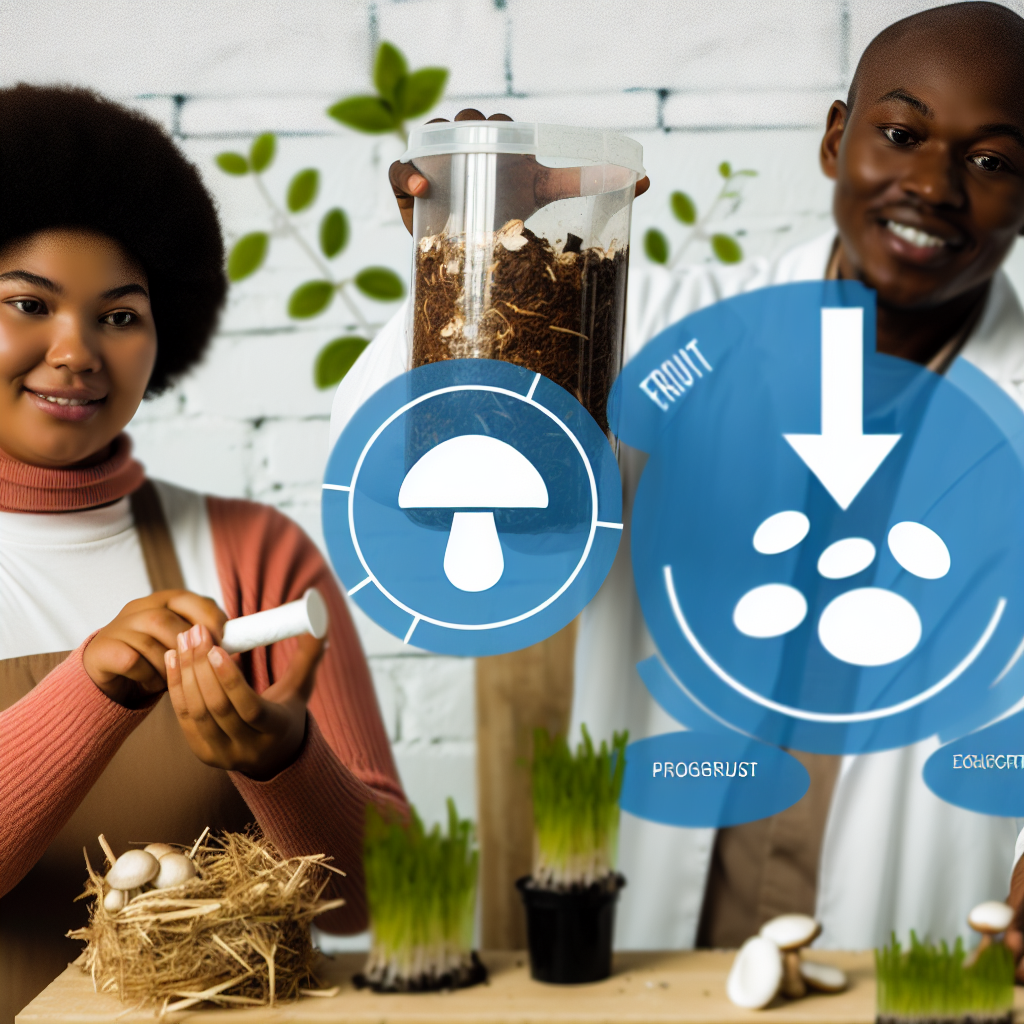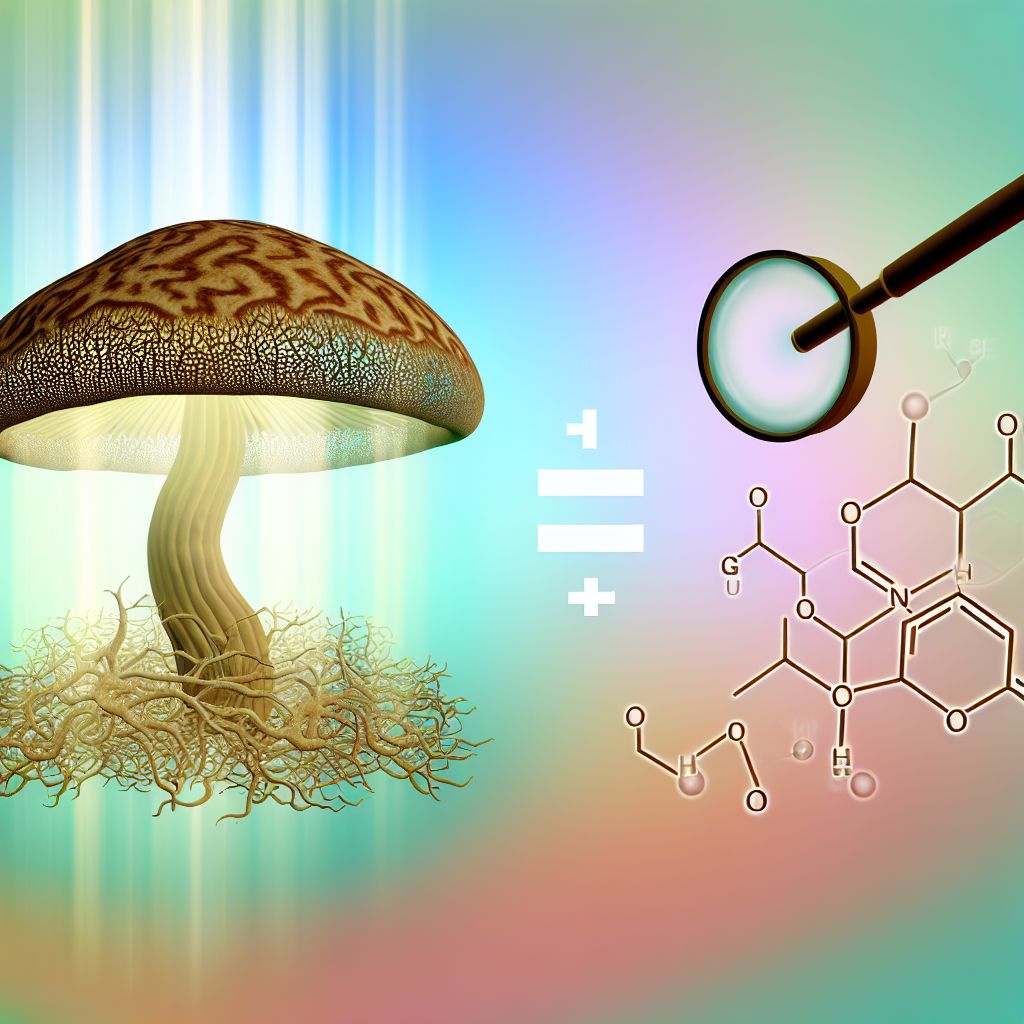Here is the cleaned up and expanded WordPress blog article:
Mushroom Substrate Innovations: Sustainability Breakthroughs for Home Growers
The resurgence of interest in medicinal and functional mushrooms—including psilocybin and non-psychoactive varieties like lion’s mane, reishi, and turkey tail—has sparked a revolution in home mushroom cultivation. As the movement grows, so does the need for eco-friendly and effective growing solutions.
At the core of mushroom cultivation is the substrate — the nutritional base that sustains mycelial growth. Traditional materials such as hardwood sawdust, straw, and coco coir are effective but often raise environmental concerns due to deforestation, transportation emissions, and sourcing issues.
Today, home growers are turning to cutting-edge innovations in substrate development, from locally-sourced green waste to bioengineered materials. These advances promise improved yields and lower environmental impact, redefining the potential of sustainable mycology at home.
The Rise of Eco-Friendly Growing: A New Chapter in Mushroom Cultivation
Traditional substrates have served growers well, but they aren’t without their drawbacks. Sawdust typically originates from logging, while coconut coir production contributes to significant carbon emissions due to global transportation and processing needs.
In response, inventive growers and researchers have redirected attention to renewable and waste-derived resources that double as efficient growing media. This includes:
– Spent coffee grounds
– Cardboard and paper pulp
– Agricultural waste like rice straw and corn husks
– Unwanted invasive plants
These substrates not only reduce dependency on environmentally taxing resources but also reflect an ethos of circular living—where waste is transformed into life-giving material for mushrooms with medicinal potential.
Proven by Science: Substrates That Support Sustainability and High Yields
Multiple scientific studies now support the effectiveness of these sustainable substrates, validating their use in both home-growing and research settings:
– Agricultural Residue-Based Substrates: A 2021 study from the Journal of Environmental Management found that oyster mushrooms (Pleurotus species) grown on corn husks and rice straw matched or even outpaced sawdust-based yields — all while using waste readily found on farms or in rural communities. Read the full study.
– Coffee Ground Cultivation: The fibrous, nitrogen-rich properties of spent coffee grounds make them a natural fit. A 2020 study from the journal Mycology confirmed that oyster mushrooms grown on sterilized SCG produced healthy flushes and nutrient-dense fruiting bodies. Read the full study.
– Probiotic Bio-Substrates: Researchers in 2022 reported that adding beneficial bacteria like Bacillus subtilis to mushroom substrates significantly decreased contamination from molds such as Trichoderma. This approach is especially promising for psilocybin mushroom growers who often face this issue. Read the full study.
Innovations in Action: Fungal Farms of the Future
Beyond the materials themselves, the structure and philosophy of mushroom cultivation are evolving. Designers and scientists at the MIT Media Lab developed MycoFarms—urban mushroom farms that utilize towers filled with compressed, upcycled materials like hemp hurd and flax shives.
These vertical farms are compact enough for urban balconies or garages and promise more than just streamlined production. They actively improve environmental outcomes by sequestering carbon and embracing regenerative practices. Their success illustrates the exciting future of home mycology as both high-tech and eco-conscious. Read the research.
Why It Matters: Substrates as a Pillar of Responsible Mushroom Medicine
Your choice of mushroom substrate doesn’t just affect your yield — it shapes the environmental footprint of your cultivation. By choosing sustainable, locally-sourced, or waste-derived substrates, you minimize your impact and participate in a transformative model of coexistence with nature.
Whether you’re growing psilocybin mushrooms for research and therapy in decriminalized regions or cultivating lion’s mane and reishi for cognitive and immune support, choosing the right substrate matters now more than ever. With accessible innovations emerging every season, you no longer have to choose between efficacy and ecology.
Conclusion: A Greener Path to Fungal Wellness
We’re witnessing a paradigm shift in home mushroom growing—rooted in sustainability, innovation, and respect for the planet. By embracing recycled materials, integrating natural microbes, and exploring regenerative farming structures, urban and rural cultivators alike are moving mushroom medicine into the future.
By growing smarter and cleaner, we ensure that the therapeutic potential of fungi can flourish for generations to come—without leaving a heavy footprint behind.
References
1. Journal of Environmental Management. “Utilization of agricultural waste in mushroom cultivation: A sustainability perspective.” https://doi.org/10.1016/j.jenvman.2021.113672
2. Mycology Journal. “Urban waste recycling via mushroom cultivation: The role of spent coffee grounds.” https://www.tandfonline.com/doi/full/10.1080/21501203.2020.1730405
3. Applied Microbiology and Biotechnology. “Suppression of fungal contamination in mushroom substrate using beneficial microbes.” https://link.springer.com/article/10.1007/s00253-022-11971-0
4. MIT Media Lab MycoFarms Research. “Designing Urban Fungal Farms with Circular Substrate Materials.” https://web.media.mit.edu/~natan/MycoFarms_Research_MIT.pdf
Summary:
The blog post explores the exciting innovations happening in the world of mushroom substrate development, driven by a growing focus on sustainability and eco-friendly practices. It highlights various renewable and waste-derived materials, such as spent coffee grounds, agricultural residues, and bioengineered substrates, that are proving to be effective and environmentally responsible alternatives to traditional substrates like sawdust and coco coir. The post also delves into cutting-edge research validating the use of these sustainable substrates, and examines the potential of urban vertical farming systems like MycoFarms to revolutionize home mushroom cultivation. The article emphasizes the importance of responsible substrate choices in supporting the therapeutic potential of medicinal and functional mushrooms while minimizing the environmental impact of home growing. Overall, it paints a promising picture of the future of sustainable mycology, where home growers can embrace innovation and eco-consciousness to cultivate mushrooms for personal wellness and beyond.

Dominic E. is a passionate filmmaker navigating the exciting intersection of art and science. By day, he delves into the complexities of the human body as a full-time medical writer, meticulously translating intricate medical concepts into accessible and engaging narratives. By night, he explores the boundless realm of cinematic storytelling, crafting narratives that evoke emotion and challenge perspectives. Film Student and Full-time Medical Writer for ContentVendor.com




